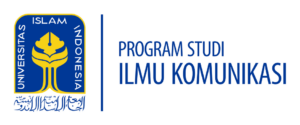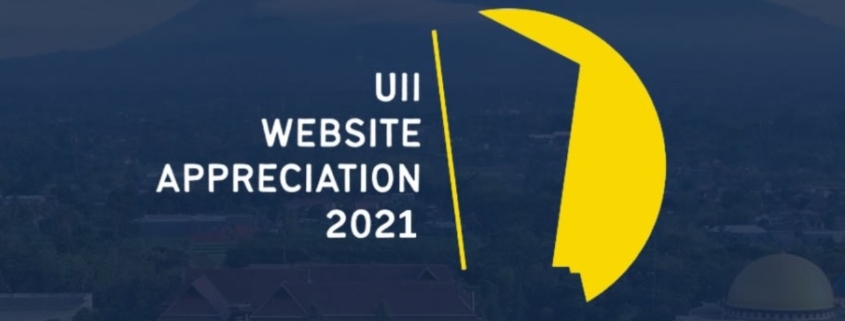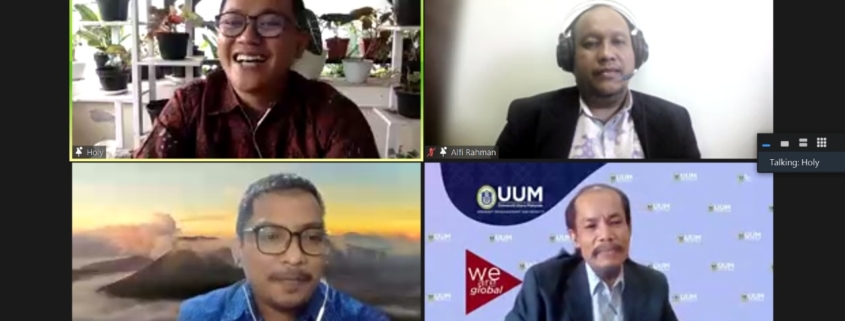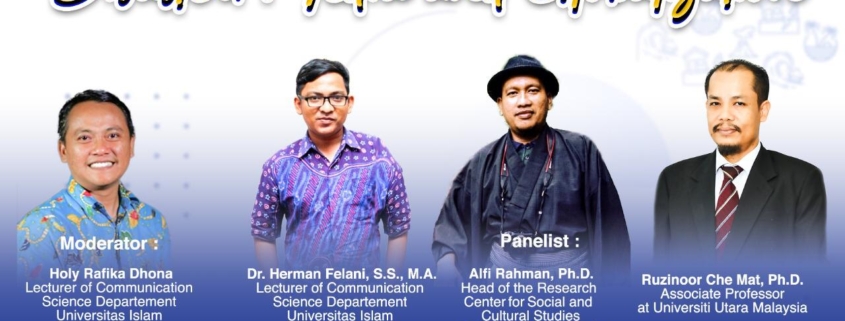Website is the vanguard of an institution. In the eyes of readers, the Website is considered a representation of the institution’s image. Therefore, good management is the main thing. The management in question includes management in terms of static content, dynamic content, content graphic design, to technical maintenance according to the branding of the relevant institution, likewise with websites in the UII environment.
The UII Public Relations field has made several breakthroughs since 2020. First, for example, by appreciating website managers within UII at the unit, department, and faculty level. Second, create a training series for website managers, from writing training to slider design. In 2021, capacity building will also be carried out by providing writing training using paraphrasing techniques and graphic design to maintain CMS (content management system) devices. Fourth, the appreciation event was again held with UWA 2021/ UII Website Appreciation.
UII Public Relations appreciates websites managed by Faculty units, Departments/Prodi, service units, Study Centers within UII. According to Ratna Permata Sari, Head of Public Relations at UII and also Communication Lecturer at UII, this appreciation was given to UII Public Relations for their participation in maintaining the positive image of the Indonesian Islamic University amid the Covid-19 pandemic. During the Covid-19 pandemic, the website has become an essential tool to bridge UII’s services and vision in front of students, whether it’s also helping with lecture services, information services, academic services, or supportive services for students and parents affected by the Covid-19 pandemic. Students and the entire scholarly community also benefit from website optimization within UII.
The assessment was carried out from August 16 to October 6, 2021. Then the peak was on October 20, 2021; the UII Public Relations Division announced the results of the UWA 2021 of UII. The UII Communications Website, which won the first award as the website with the most content at the department level, is now ranked as Web with category C in the previous year. This ranking shows that the website has several elements from each assessment aspect. Some of the content is updated, such as sliders, news, and schedule/announcements. It must be admitted that the UII Communication web slider had not been updated. Meanwhile, the UII FPSB Website was successfully entered in category B. This category shows that the website has elements of every aspect of the assessment and is sufficiently updated in its content, especially the slider. The UII Communications Website and the UII FPSB succeeded in eliminating 49 participants who managed the website at UII, and the remaining 13 did not receive any category awards.
What are the Assessment Criteria?
It is essential to discuss these assessment criteria so that the leadership ranks can improve the performance of their website in the future. The first assessment criteria are, the website uses the UII standard theme. Then the unit logo on the website must match the branding UII. Website Traffic is also constant and registered into Google Analytics. The following criterion is news content, and Agenda must be up-to-date. That content includes Static content, dynamic content, and content language style. Static content contains complete content based on the menu. At the same time, the Dynamic range has news updates. The language style of the content must also be explicit information content. Informative website content. This information includes a valid and clear address, a valid and active email, and an office telephone number.











